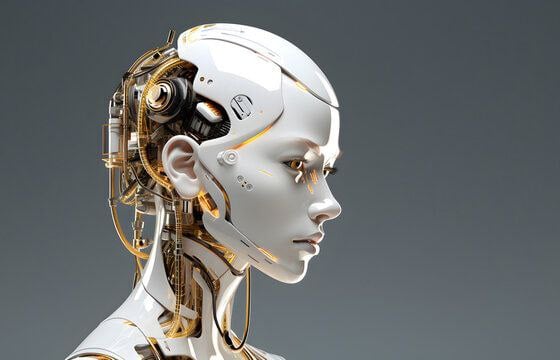New Machine Vision Sensor Mimics Human Eye to Adapt to Extreme Light

New Machine Vision Sensor Mimics Human Eye to Adapt to Extreme Light
…………………
Researchers at Fuzhou University in China have developed a new “machine vision sensor” that adapts to sudden changes in lighting conditions in just 40 seconds—much faster than the human eye. The study, published in Applied Physics Letters, highlights how the breakthrough could improve robotic vision and boost safety for autonomous vehicles.
The sensor uses lead sulfide quantum dots—nano-sized semiconductors—embedded within polymer and zinc oxide layers. This layered design traps and releases electric charges based on light levels, mimicking how human eyes adjust and store light-sensitive pigments to see clearly in darkness or bright light.
Lead author Yun Ye explained that the bio-inspired structure bridges neuroscience and engineering, helping robots “learn” from light conditions as human eyes do. The sensor also pre-filters visual data at the source, reducing energy consumption and easing the computational burden compared to conventional machine vision systems that process all data indiscriminately.
The team believes the technology could help autonomous vehicles adapt instantly when moving from dark tunnels to bright daylight, and enable robots to work efficiently under varying light conditions. Future plans include integrating larger sensor arrays and edge-AI chips for real-time, on-sensor data processing to advance low-power, high-performance robotic vision.






